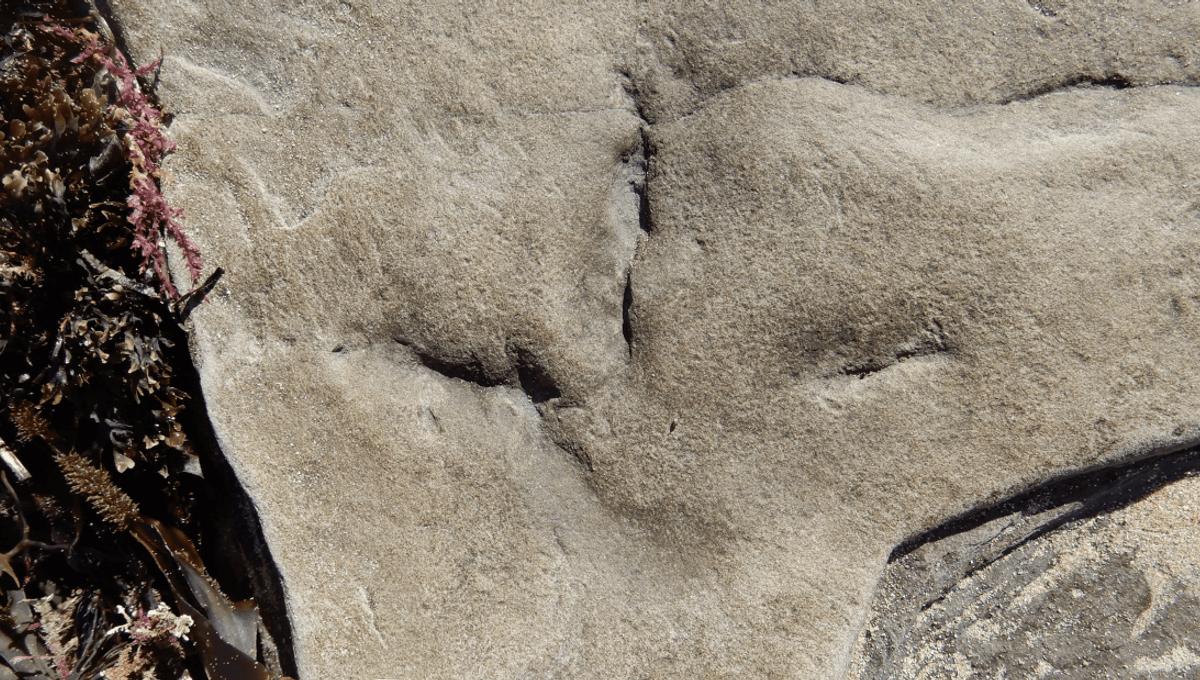
The astonishing discovery of 27 fossil bird footprints dating back 120 to 128 million years is changing the way we view avian evolution and migration. Found in the Wonthaggi Formation south of Melbourne, they were laid down in the Early Cretaceous and created by birds stepping across soft sand or mud.
The footprints are so old that they were stepping across a planet in which Australia was still connected to Antarctica, making them the earliest known Gondwanan bird tracks. When we imagine dinosaurs we don’t often insert birds into the picture, but this discovery demonstrates that they were very much a part of the ecosystem, and were already migrating to capitalize on the changing food availability at the poles.
Finding fossilized prints like these is a remarkable feat, not only because they are difficult to spot, but also because it’s rare much is ever left behind in the case of delicate birds. The Wonthaggi Formation where they were found has yielded only one bird bone fossil to date – a wishbone – as well as a few feathers, and the researchers say it’s far from surprising.
“Birds have such thin and tiny bones,” said first author Anthony Martin in a statement, a professor in Emory University’s Department of Environmental Sciences. “Think of the likelihood of a sparrow being preserved in the geologic record as opposed to an elephant.”
Searching for these nuanced witness marks falls under ichnology, the study of traces of life (looking for things like tracks, burrows, nests, and tooth marks), which is a focus area for Martin. However, it was the skilful eye of co-author Melissa Lowery, a local volunteer fossil hunter, that led to the discovery of the first prints in Wonthaggi back in 2020.
“Melissa is incredibly skilled at finding fossil tracks,” said Martin. “Some of these tracks are subtle even for me, and I have lots of experience and training.”
Finding the ancient prints was made extra difficult by the fact that most of them were only exposed at low tide, but their coastal home means a few have been accessorized with marine life, including algae, barnacles, and mollusks. Peter Swinkels came to the rescue in helping to preserve the delicate tracks. A taxidermist at Museums Victoria Research Institute, Swinkels is also an expert at using molds and casts to preserve specimens such as prints.
A good thing too, as many of the remarkable finds didn’t hang around long.
“Seven of the tracks that Melissa found in 2020 are no longer there,” Martin continued. “Some fossils, including tracks, are exposed only for a brief amount of time after being buried for millions of years. We humans have to rush in and document them before they disappear again.”
The study is published in PLOS ONE.
Source Link: 120-Million-Year-Old Fossil Footprints Become Australia’s Oldest Bird Tracks On Record